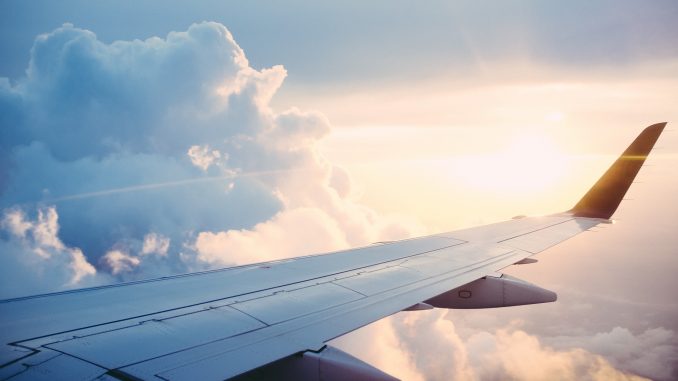
Under current EU aviation law, all passenger planes with over twenty seats are legally required to have at least two pilots in the cockpit. But, could that be about to change? According to plane maker Boeing, it could be. The company say that they are currently working on new technology that would remove the need for there to be two pilots on its planes.
Vice president of the firm, Steve Nordlund said that the new technology, which would allow for less crew on board, is being developed at a “good speed”. He said in an interview that Boeing “believes in autonomous flight and self-piloted aircraft”, and that the commercial division were “working on those technologies today”.
He suggested that the initial trials could be carried out on cargo jets, and that it makes “business sense” to extend it to passenger planes in the future. He added: “But what you may see is more automation and aiding in the cockpit, maybe a change in the crew number up in the cockpit. A combination of safety, economics and technology all have to converge, and I think we are starting to see that.”
In addition to the financial benefits it could bring to airlines, it would also deal with the ongoing shortages of pilots. And although planes are becoming increasingly automated, analysts have predicted that in the next decade, there could be a shortfall of around 200,000 if changes aren’t made in the industry.
However, the move could prove to be a tough sell to both regulators, airline staff, and of course, consumers. It’s believed that safety would be the number one concern. The European aviation safety authority (EASA) require two members of crew to be in the cabin at all time during passenger flights, meaning that even if one pilot needed to take a short break, another member of the crew would need to take their place.
In the US, the Federal Aviation Administration recently asked Congress for funding to research the possibility of single pilot flights on commercial airlines. The response was: “Having only one pilot in any commercial aircraft flies in the face of evidence and logic.Every safety protocol we have is predicated on having two pilots work seamlessly together as an expert team cross-checking and backing each other up.”
Dr Rob Hunter, head of flight safety at the pilot’s union Balpa, noted that there’s been a “steady reduction in the number of crew on the flight deck of commercial aircraft”. However, he expressed concerns that it could be a “greater number of occasions when the both the machine and the pilot becomes overwhelmed”.
He added: “In the airliners of the post-war period there were up to six crew acting as pilots, flight engineers, navigators and radio operators. All of these roles are now undertaken typically by just two pilots that are, more-or-less, supported by automatic systems. Sully is absolutely right, to believe otherwise is to ignore the vital role the human plays in keeping things safe.”


Leave a Reply